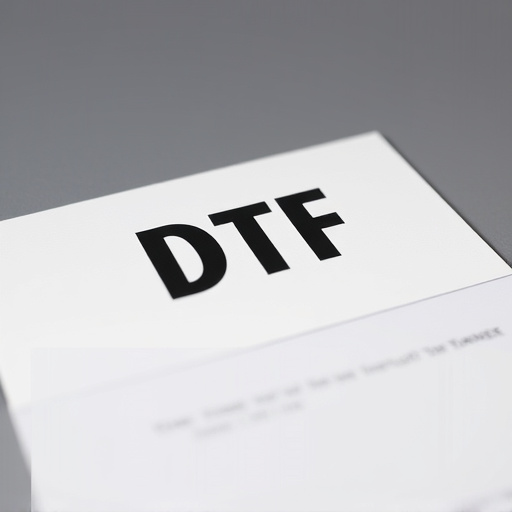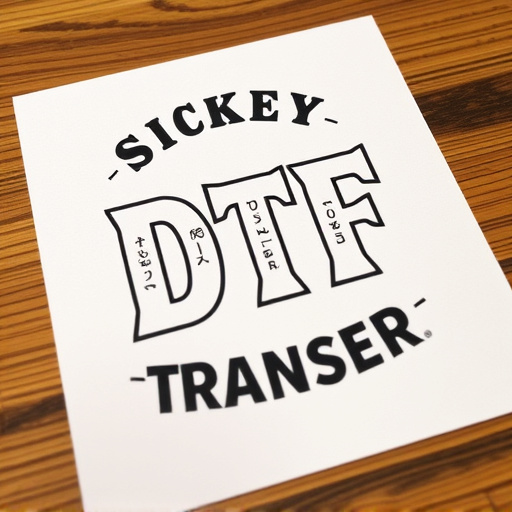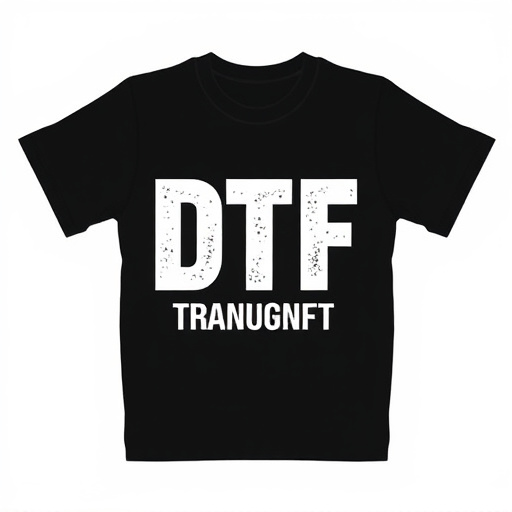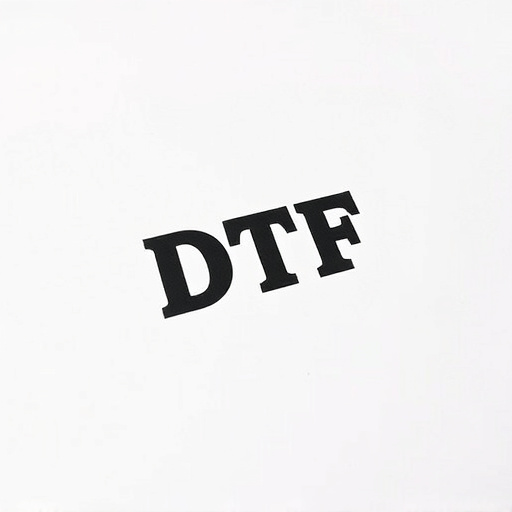Direct to Film (DTF) transfers have transformed film preservation and printing with their superior durability, color accuracy, and longevity. This innovative technology fuses ink directly into the emulsion side of film, creating vibrant, fade-resistant prints that surpass traditional methods. Ideal for archival purposes, DTF Printing ensures photos remain clear and intact for future generations. Key factors include strategic material selection, precise application techniques, and careful maintenance to optimize the lifespan of these high-quality DTF Transfers and Prints. Digital Thermal Transfer (DTF) printing has similarly revolutionized various industries by offering durable, visually appealing prints for diverse applications.
Discover the future of film preservation with long-lasting DTF (Direct to Film) transfer technology. This revolutionary process offers unparalleled durability, resisting wear and wash damage. In this comprehensive guide, we explore the science behind DTF’s longevity, its advantages over traditional methods, and practical application tips for optimal results. Learn from real-world implementations and unlock the secrets to preserving cherished memories indefinitely with DTF printing.
- Understanding DTF Transfer Technology: A Revolutionary Process
- Advantages of DTF Prints Over Traditional Methods
- Material Science Behind Durability and Resistance
- Application Techniques for Optimal Longevity
- Care and Maintenance Tips for DTF Transfers
- Real-World Examples: Successful DTF Printing Implementaion
Understanding DTF Transfer Technology: A Revolutionary Process

The world of film preservation and transfer has seen a revolutionary process with the advent of DTF (Direct to Film) Transfer technology. This cutting-edge method offers an innovative solution for creating long-lasting, high-quality film prints resistant to fading, washing, and wear over time. Unlike traditional printing techniques, DTF Printing directly applies ink to the emulsion side of film stock, resulting in a sharp and vibrant image that becomes an integral part of the film itself.
This revolutionary process involves a precise and controlled application of heat and pressure to fuse the ink with the film’s emulsion layer. The outcome is a durable transfer that provides superior color accuracy and contrast while ensuring the longevity of the original film footage. DTF Transfers are not only ideal for archival purposes but also for fine art printing, allowing artists to capture the essence of their cinematic visions in a format that can withstand the test of time.
Advantages of DTF Prints Over Traditional Methods

The advent of DTF (Direct to Film) Transfers has revolutionized the way we preserve and enjoy our cherished memories. Compared to traditional methods, DTF prints offer several significant advantages. Firstly, they are incredibly resistant to washing and wear, ensuring that your photos remain vibrant and clear even after extensive handling or exposure to various environments. This is a stark contrast to conventional printing methods where fading and damage can occur over time.
Additionally, DTF Printing produces high-quality, long-lasting results with an unparalleled level of detail. The direct application of ink onto the film surface creates a seamless bond, resulting in prints that are not only visually stunning but also built to last. This makes DTF Transfers the preferred choice for those seeking to safeguard their photos and memories for generations to come, free from the concerns of degradation or loss of quality.
Material Science Behind Durability and Resistance

The durability and resistance of long-lasting film transfers, like DTF (Direct to Film) Transfers, lie in the advanced Material Science that underpins their creation. These transfers are designed with a robust blend of polymers and additives, ensuring they withstand routine washing and everyday wear and tear. The DTF Printing process involves precise application of ink directly onto a durable film base, creating DTF Prints that are not only vibrant but also highly resistant to fading and damage.
The key to their longevity lies in the strategic selection of materials and production techniques. High-quality films with exceptional tensile strength and flexibility are chosen, combined with inks that offer superior colorfastness. This robust combination ensures that the prints remain sharp and vivid even after extended use and exposure to various environmental factors.
Application Techniques for Optimal Longevity

To ensure optimal longevity for long-lasting film transfers, specific application techniques are crucial. The DTF (Direct to Film) transfer process is a game-changer in preserving vintage films and photos. This method involves advanced printing technology that directly prints high-quality images onto film, creating DTF prints resistant to fading and damage.
During the application, careful consideration of factors like ink types, print resolution, and substrate selection is essential. Using specialized inks designed for DTF printing guarantees vibrant colors and superior durability. Additionally, optimizing print settings and ensuring precise registration during the DTF transfer process minimizes imperfections, resulting in long-lasting, high-quality film transfers that can withstand washing and everyday wear.
Care and Maintenance Tips for DTF Transfers

Caring for and maintaining your DTF (Direct to Film) transfers is essential to ensure their longevity and vibrancy. Since DTF Transfers are designed to be durable, they still require proper handling to prevent damage. Avoid exposing them to direct sunlight or harsh weather conditions for extended periods as this can cause fading. When storing DTF prints, keep them in a cool, dry place away from moisture and direct heat sources.
Regular cleaning is recommended but use mild detergent and warm water; avoid aggressive cleaners or scrubbing, as it may damage the film. Never wash DTF transfers in a washing machine. For stubborn stains, consult a professional cleaner specialized in DTF printing to ensure the best results without compromising the quality of the transfer.
Real-World Examples: Successful DTF Printing Implementaion

In recent years, Digital Thermal Transfer (DTF) printing has emerged as a game-changer in the world of printing technology. One of its most notable applications is in creating long-lasting film transfers that are resistant to both washing and wear. This innovative process involves transferring an image from a digital source directly onto various materials, including textile fabrics, plastics, and even metals. DTF Transfer offers exceptional durability, vibrant colors, and sharp details, making it ideal for a range of applications, from custom clothing designs to automotive signage.
Real-world examples highlight the success of DTF Printing implementation. For instance, in the apparel industry, DTF prints have revolutionized custom t-shirt design, enabling businesses to produce high-quality, long-lasting garments with intricate graphics and personalized messages. Similarly, in the automotive sector, DTF transfers are used for creating durable and visually appealing car wraps, advertising logos, and decorative accents. These applications demonstrate the versatility and reliability of DTF Transfer technology, solidifying its position as a leading solution for producing resilient and eye-catching prints in diverse sectors.














